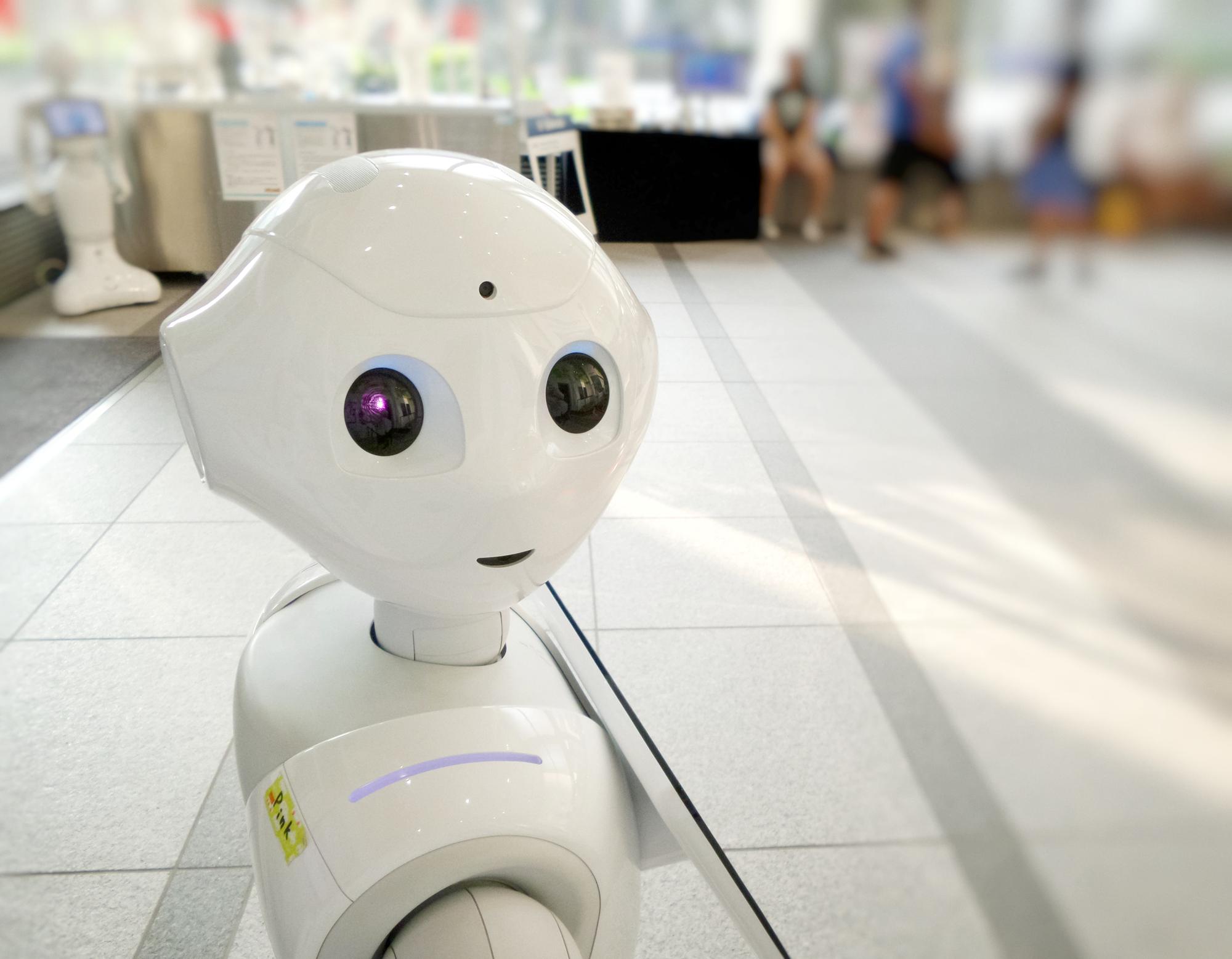Such “supervised” training requires data laboriously labeled by humans, and the neural networks often take shortcuts, learning to associate the labels with minimal and sometimes superficial information. For example, a neural network might use the presence of grass to recognize a photo of a cow, because cows are typically photographed in fields.
“We are raising a generation of algorithms that are like undergrads [who] didn’t come to class the whole semester and then the night before the final, they’re cramming,” said Alexei Efros, a computer scientist at the University of California, Berkeley. “They don’t really learn the material, but they do well on the test.”
For researchers interested in the intersection of animal and machine intelligence, moreover, this “supervised learning” might be limited in what it can reveal about biological brains. Animals—including humans—don’t use labeled data sets to learn. For the most part, they explore the environment on their own, and in doing so, they gain a rich and robust understanding of the world.
Now some computational neuroscientists have begun to explore neural networks that have been trained with little or no human-labeled data. These “self-supervised learning” algorithms have proved enormously successful at modeling human language and, more recently, image recognition. In recent work, computational models of the mammalian visual and auditory systems built using self-supervised learning models have shown a closer correspondence to brain function than their supervised-learning counterparts. To some neuroscientists, it seems as if the artificial networks are beginning to reveal some of the actual methods our brains use to learn.
Flawed Supervision
Brain models inspired by artificial neural networks came of age about 10 years ago, around the same time that a neural network named AlexNet revolutionized the task of classifying unknown images. That network, like all neural networks, was made of layers of artificial neurons, computational units that form connections to one another that can vary in strength, or “weight.” If a neural network fails to classify an image correctly, the learning algorithm updates the weights of the connections between the neurons to make that misclassification less likely in the next round of training. The algorithm repeats this process many times with all the training images, tweaking weights, until the network’s error rate is acceptably low.
Around the same time, neuroscientists developed the first computational models of the primate visual system, using neural networks like AlexNet and its successors. The union looked promising: When monkeys and artificial neural nets were shown the same images, for example, the activity of the real neurons and the artificial neurons showed an intriguing correspondence. Artificial models of hearing and odor detection followed.
But as the field progressed, researchers realized the limitations of supervised training. For instance, in 2017, Leon Gatys, a computer scientist then at the University of Tübingen in Germany, and his colleagues took an image of a Ford Model T, then overlaid a leopard skin pattern across the photo, generating a bizarre but easily recognizable image. A leading artificial neural network correctly classified the original image as a Model T, but considered the modified image a leopard. It had fixated on the texture and had no understanding of the shape of a car (or a leopard, for that matter).
The self-supervised learning algorithm trains the encoder-decoder combination to turn masked images into their full versions. Any differences between the real images and the reconstructed ones get fed back into the system to help it learn. This process repeats for a set of training images until the system’s error rate is suitably low. In one example, when a trained masked auto-encoder was shown a previously unseen image of a bus with almost 80 percent of it obscured, the system successfully reconstructed the structure of the bus.
“This is a very, very impressive result,” said Efros.
The latent representations created in a system such as this appear to contain substantially deeper information than previous strategies could include. The system might learn the shape of a car, for example—or a leopard—and not just their patterns. “And this is really the fundamental idea of self-supervised learning—you build up your knowledge from the bottom up,” said Efros. No last-minute cramming to pass tests.
Self-Supervised Brains
In systems such as this, some neuroscientists see echoes of how we learn. “I think there’s no doubt that 90 percent of what the brain does is self-supervised learning,” said Blake Richards, a computational neuroscientist at McGill University and Mila, the Quebec Artificial Intelligence Institute. Biological brains are thought to be continually predicting, say, an object’s future location as it moves, or the next word in a sentence, just as a self-supervised learning algorithm attempts to predict the gap in an image or a segment of text. And brains learn from their mistakes on their own, too—only a small part of our brain’s feedback comes from an external source saying, essentially, “wrong answer.”
For example, consider the visual systems of humans and other primates. These are the best studied of all animal sensory systems, but neuroscientists have struggled to explain why they include two separate pathways: the ventral visual stream, which is responsible for recognizing objects and faces, and the dorsal visual stream, which processes movement (the “what” and “where” pathways, respectively).
Richards and his team created a self-supervised model that hints at an answer. They trained an AI that combined two different neural networks: The first, called the ResNet architecture, was designed for processing images; the second, known as a recurrent network, could keep track of a sequence of prior inputs to make predictions about the next expected input. To train the combined AI, the team started with a sequence of, say, 10 frames from a video and let the ResNet process them one by one. The recurrent network then predicted the latent representation of the 11th frame, while not simply matching the first 10 frames. The self-supervised learning algorithm compared the prediction to the actual value and instructed the neural networks to update their weights to make the prediction better.
Richards’ team found that an AI trained with a single ResNet was good at object recognition, but not at categorizing movement. But when they split the single ResNet into two, creating two pathways (without changing the total number of neurons), the AI developed representations for objects in one and for movement in the other, enabling downstream categorization of these properties—just as our brains likely do.
To test the AI further, the team showed it a set of videos that researchers at the Allen Institute for Brain Science in Seattle had previously shown to mice. Like primates, mice have brain regions specialized for static images and for movement. The Allen researchers recorded the neural activity in the mouse visual cortex as the animals watched the videos.
Here too, Richards’ team found similarities in the way the AI and the living brains reacted to the videos. During training, one of the pathways in the artificial neural network became more similar to the ventral, object-detecting regions of the mouse’s brain, and the other pathway became similar to the movement-focused dorsal regions.
Source: Wired







